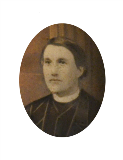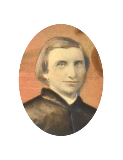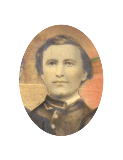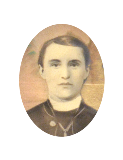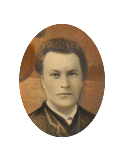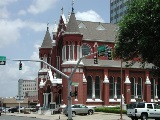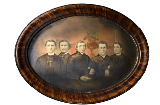Yellow Jack!
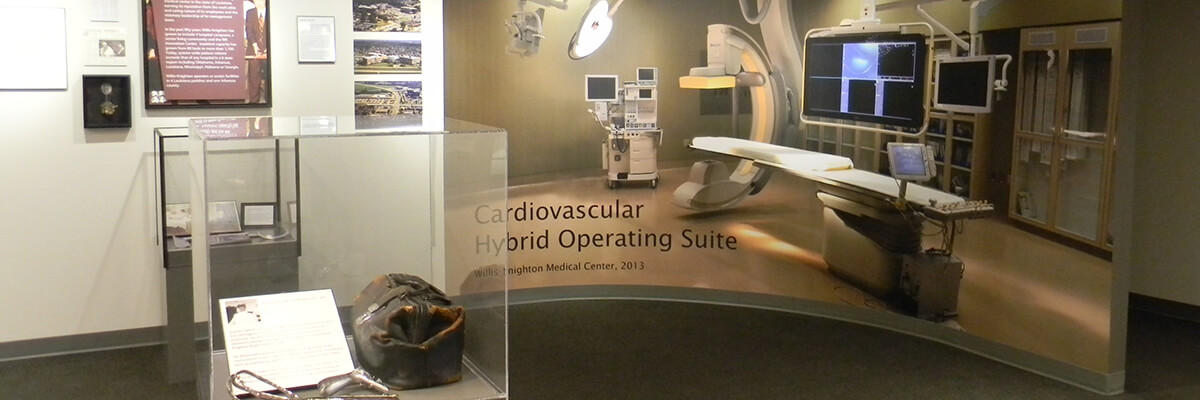
Yellow Jack!
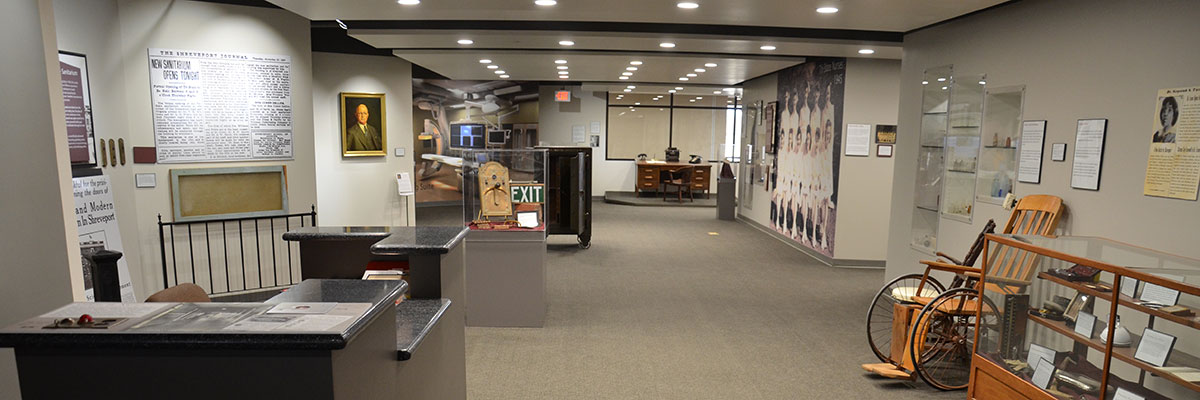
Yellow Jack!
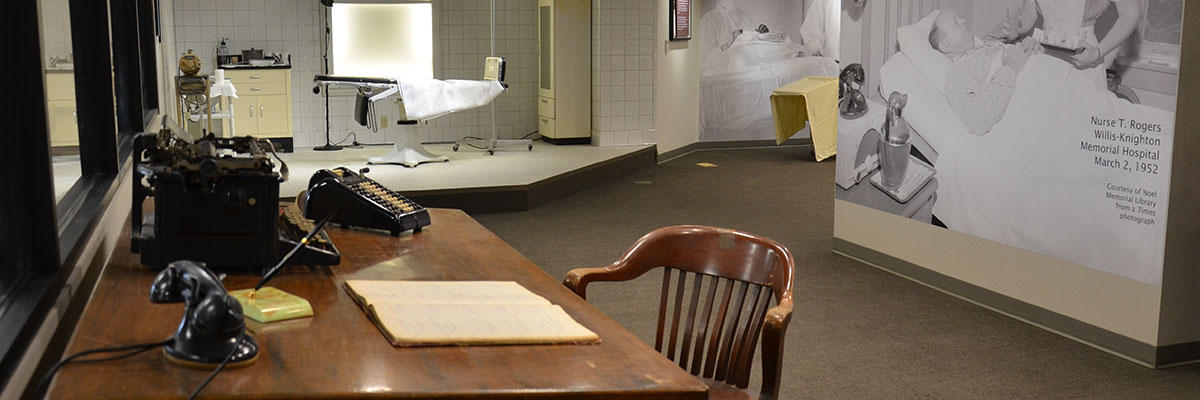
Yellow Jack!
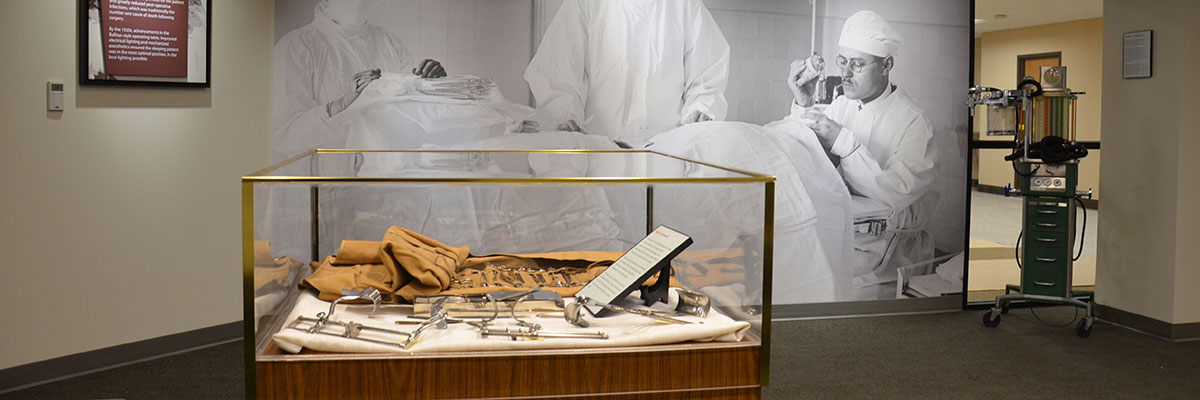
Yellow Jack!
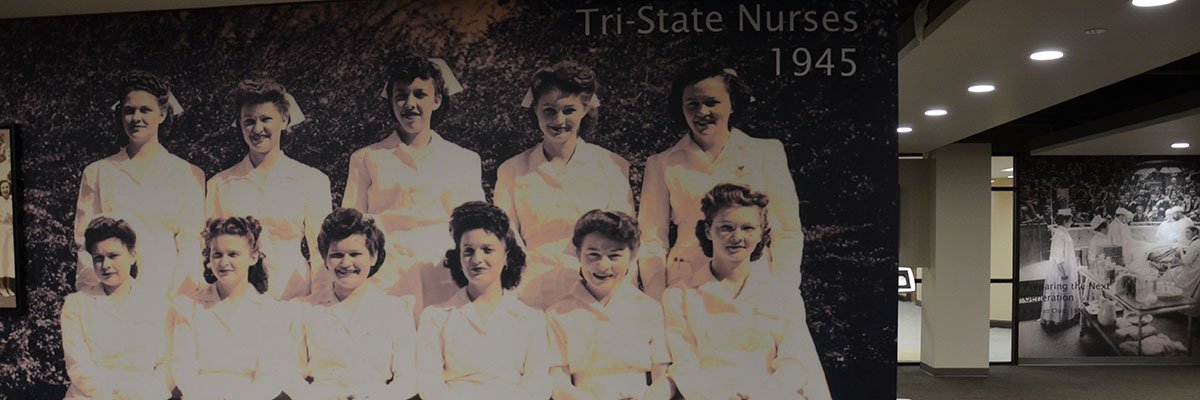
Yellow Jack!
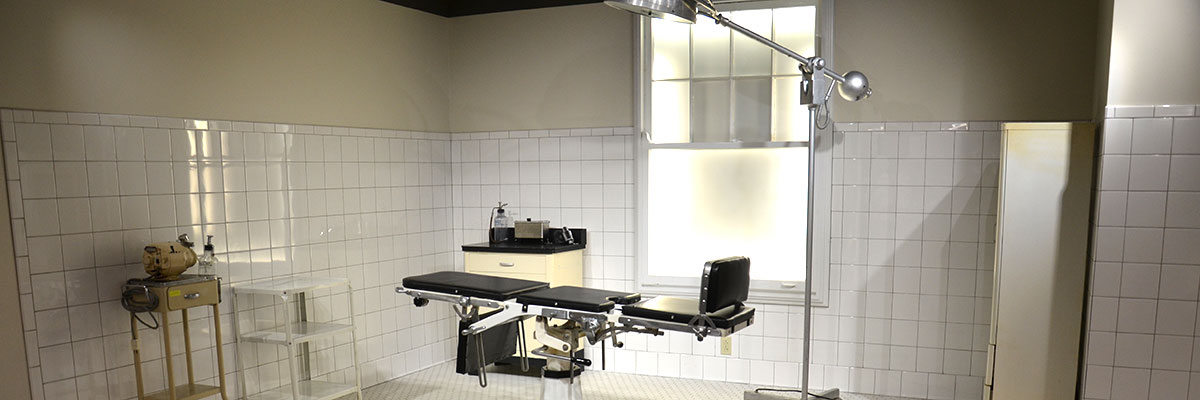
Shreveport’s yellow fever epidemic of 1873 was the area’s original public health crisis. Lasting from August 20 to November 10, 1873, the outbreak claimed at least 700 lives, with some estimates ranging to more than 1,000. Outbreaks of yellow fever were common in the south, but Shreveport’s epidemic was particularly deadly. More than half of the residents who stayed behind during the outbreak caught the virus. About 25 percent of those infected perished.
The Talbot’s collection contains original and reproduction personal effects of survivor’s, chronical records of first person accounts, haunting contemporaneous imagery, depictions of the medical remedies used to combat the fever and even the names of more than 700 victims on the outbreak’s office death list.
Priests and Nuns, Heroes and Heroines
Description
Yellow fever in 1873 could strike anyone no matter their class, race, sex, or social standing. No one was immune. The fever took the bad and the good alike. Five Roman Catholic Priests are among the most remembered victims. Three priests, Frs. J.M.J. LeBiler, Jean Pierre, and Isadore Queremais were told by their superiors to leave the stricken city. They refused choosing to remain with their congregations and minister to sick and dying. Later they would be joined with two more priests, one from Monroe, Fr. Louis Gergaud, the other from Natchitoches, Fr. Francois LeVezouet. All would perish before their epidemic was over.
Working beside the priests were two Catholic nuns who would perish. Sister Marie Marthe Denec and Sister Marie Angele Nedelec were likely “teaching sisters” at the newly founded St. Vincent’s Academy next to Holy Trinity Church in downtown Shreveport. At the outbreak, they forsook their classrooms and went into the fever wards.
The sacrifice of these brave men and women is not forgotten by Shreveport’s Catholic community. Today stained glass windows at Holy Trinity Church commemorate their selfless devotion to their faith and fellow man. Our photocopy of their late 19th Century composite photograph is on display. The original was lent to the Talbot Museum in 2014 for display on its opening. Later it was returned with grateful thanks to the Shreveport Diocese. It remains one of the diocese most treasured possession. From right to left are Frs. J.M.J. LeBiler, Louis Gergaud, Jean Pierre, Francois LeVezouet, Isadore Queremais.
“GREATER LOVE THAN THIS NO MAN HATH, THAT A MAN LAY DOWN HIS LIFE FOR HIS FRIENDS” John 15:13
Location in Museum
Yellow Jack! ExhibitionAge
Late 19th Century




